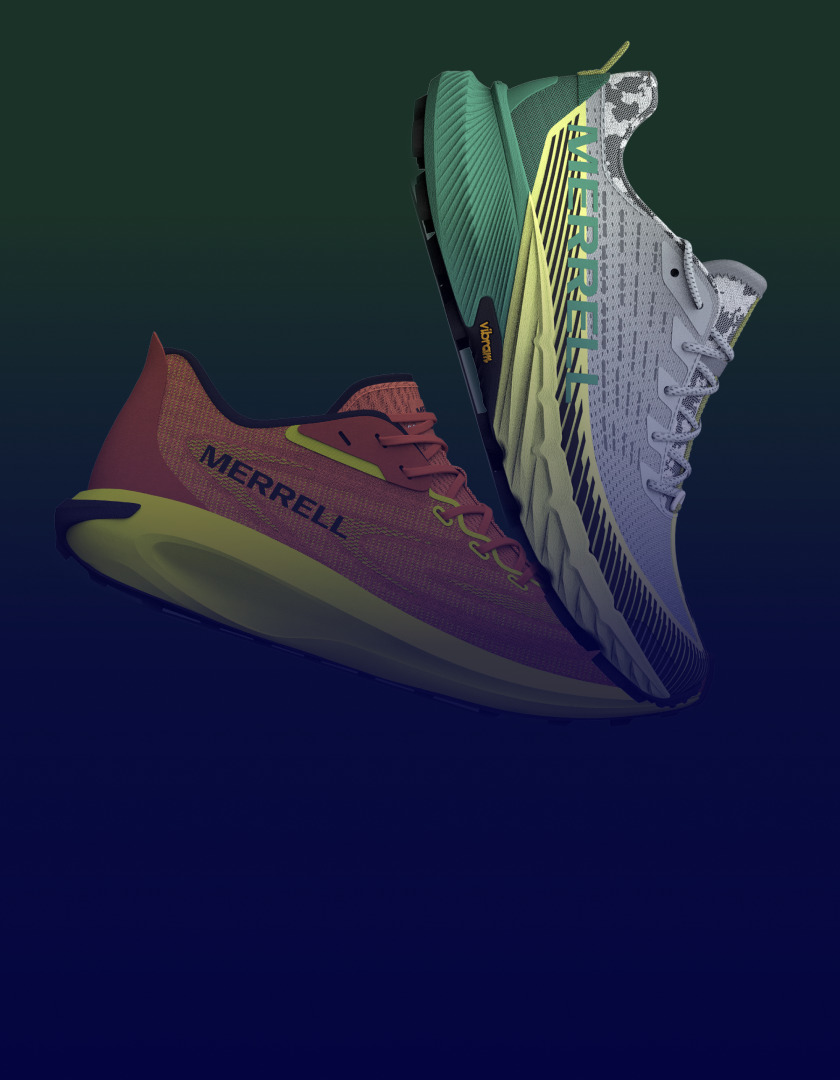Top Tips for Successful PLM Implementation: by Flis Leverton, Ted Baker

Flis Leverton, Head of Production Systems at Ted Baker, discusses Ted Baker’s experience of implementing Centric PLM™ and gives advice on ensuring a smooth implementation from getting your teams on board to handling your hardware.
Ted Baker is an iconic British brand that sells menswear, womenswear, accessories and licensed products through hundreds of outlets in 35 countries.
In recent years, Ted Baker commenced a huge digital transformation. We began with the implementation of a new ERP system in 2012, followed by the rapid implementation of Centric Software’s PLM solution in 2015.
Transformation of this scale is difficult, and we learnt some critical lessons along the way. Here’s what worked for us.
Plan ahead
Before you embark on a PLM project, define exactly what you want PLM to do. In our case, we decided that anything with a financial commitment would be in ERP, and anything product development-related would be in PLM. Ultimately, we intended to integrate both systems so that data can be shared easily.
Next, record your current processes in detail. Before we looked at PLM solutions, we examined what we needed to output, and how we could do it better. This fed into our decision-making process for choosing a PLM solution, as we had a clear idea of what we wanted to be able to do. Knowing where you are now and where you would like to be at the end of the project is critical.
Centric are fashion people, and their solution has been carefully designed to work best for companies like yours, but there will always be unforeseen holdups. Leave plenty of time in your plan for end-to-end testing, not just before implementation, but for every patch and upgrade.
Keep people in the loop
Ensure everyone has a voice so that the system you choose will serve the users. Our PLM project team included representatives from every team that would use the system including designers, production, buying teams and garment techs.
After we selected Centric PLM™ and began the implementation process, we made sure we had a PLM super-user on each team, as well as a project team member. Super-users were given additional training and involved in workshops where they input what they each needed from the system and together, gained a clear understanding of how the system would work for the other teams.
You’ll also need strong support from the IT side. Have a “go-to IT person” who understands your business processes and knows how important it is to have a PLM system that fits your requirements.
Managing change isn’t easy, but it’s all about engagement. Get your managers on board, show them demos and teach people what they can do with the system. Implementing a PLM solution involves a mental change as well as an adjustment in how people work. Consider moving responsibilities across departments for more efficiencies.
Handling HR and hardware
Make sure you have a person from every team involved throughout the project and post-implementation. Anyone who leaves the project ought to be replaced so that every team is represented.
It’s also crucial that the computers you use have the necessary specs. At Ted Baker, we checked the Centric connection with Adobe Illustrator on a high-spec laptop during testing, and it worked perfectly. However, during the go-live, we realized that the design team’s computers didn’t all have the same specs. If your hardware isn’t set-up to run PLM properly, you run the risk of giving your teams a bad first impression of the new solution.
Making PLM work for you
Stay focused on what you want to achieve with PLM throughout implementation, and you’ll get to enjoy the visibility and efficiency a PLM solution brings. I have spent more than 20 years at Ted Baker as we have progressed from using pen and paper, to early computerized systems, to our current digital landscape. We now handle all of our products in PLM, and can’t imagine life without it.









